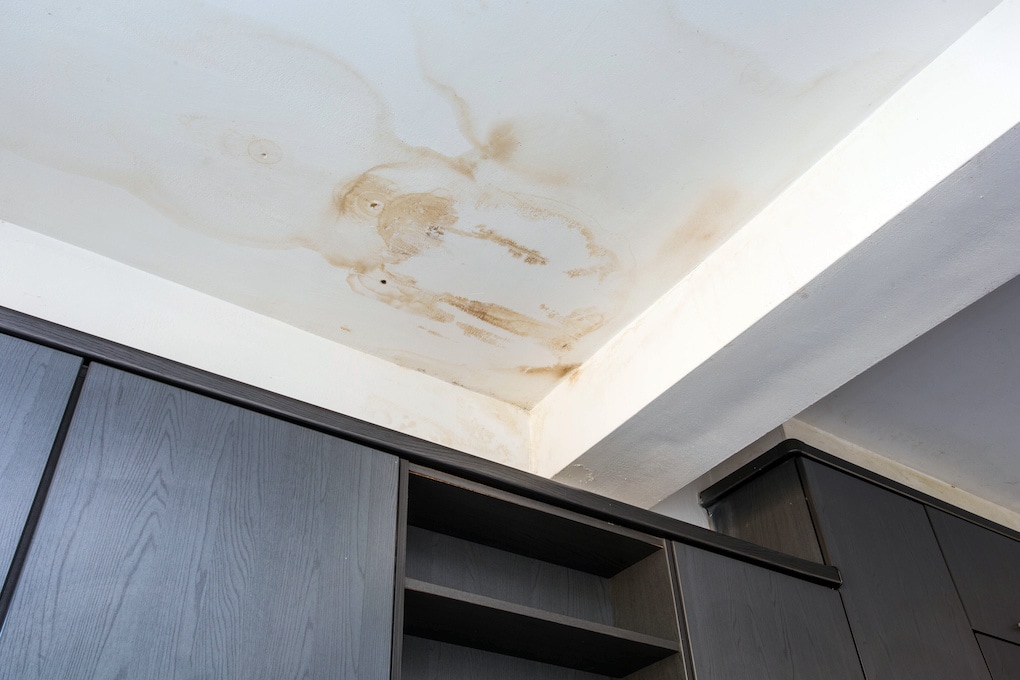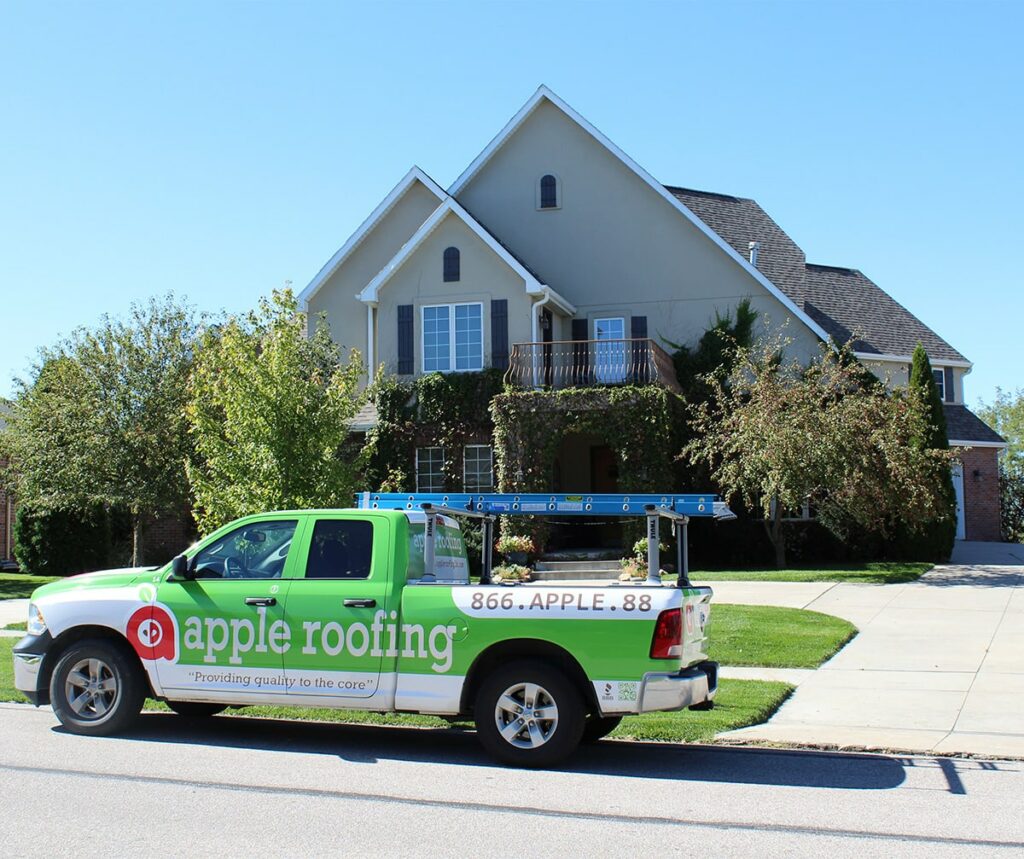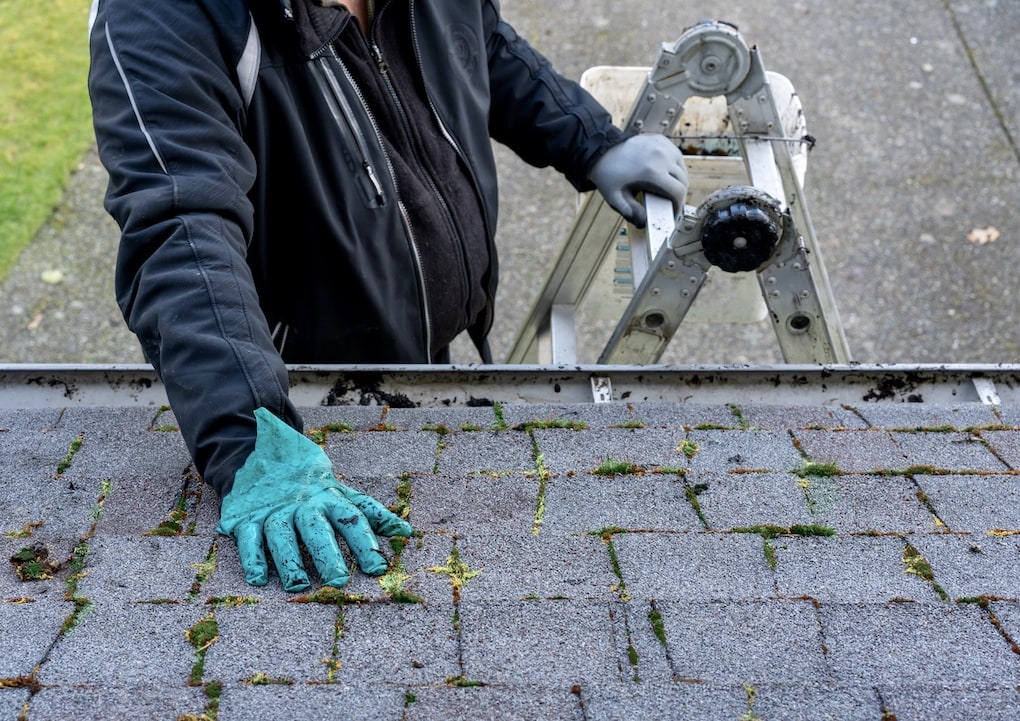If you have sustained roof damage or have an aging roof that needs to be replaced ASAP, you may be left worrying about how you’re going to pay for your new roof. No matter the circumstance, you’ll want to know how you can get insurance to pay for a new roof for your home. If you follow these key steps, you shouldn’t have any surprises when it comes time to replace your roof.
What are the Signs You Need a New Roof?
Before you can have any hope of your home insurance covering a new roof, there has to be a need for a replacement in the first place.
Roof replacement might be necessary for a number of reasons. Some people may want to replace their roof before they sell their home to boost its value, or some may have severe roof damage that requires a full replacement. Either way, here are some of the major warning signs you need a new roof.
Your Roof is Past its Life Expectancy
Your roof’s age plays a major factor in whether or not homeowner’s insurance will cover a new roof. Every roof has an expected lifespan depending on the material. For example, a standard asphalt roof should last 15 to 25 years, while a higher-end metal roof could last upwards of 50 to 75 years with proper maintenance. Most homes in America have an asphalt shingle roof which requires replacement every 15 to 25 years.
You Notice Signs of Water Damage

Signs of water damage can look like stains on your upper floor ceilings, walls, or even wet spots on the attic floor. Checking for water damage regularly can help mitigate a lot of risk and further damage.
Shingles are Missing, Cracked, or Curling
A few damaged shingles are no problem and can be repaired or replaced. However, if you have missing shingles in large patches or curling up at the edges, you need to have them fixed immediately as they could cause leaks that infiltrate the rest of your home.
Portions of Your Roof are Sagging or
If you notice sagging or other unusual signs that your roof may be failing, it’s time to call a professional. Sagging in the middle of your roof is an early sign that something is very wrong and needs to be repaired as soon as possible.
You’re Noticing Higher Energy Bills

While you should always check for water damage and leaks, high energy bills are also a sign that your home may need a roof replacement. As your roof ages, it becomes less efficient in keeping heat out of the attic space, which can dramatically increase cooling costs if there’s no insulation to prevent warm air from rising into higher floors. Likewise, a bad roof can allow heat to escape in the winter months, causing cool drafts and forcing your heating system to work extra hard.
Nails are Popping Up From Your Shingles
If nails are popping up from your shingles, it’s time for a new roof. Over time, standing water and harsh weather can cause the asphalt in your shingles to break down which will eventually lead to lifting that allows wind and rainwater to get underneath them.
You See Dark Spots on Your Roof
Dark spots on your roof usually indicate that the shingles are failing or were damaged by hail at some point and will need to be replaced. Black stains or mineral deposits under shingles can also mean that there’s active water damage going on, which is a major safety hazard for other reasons as well.
You Get Ice Dams Every Winter

Ice dams are formed when snow on your roof melts and refreezes at the edge of shingles. This can prevent water from draining properly which could cause significant leaking damage to your home, especially if you don’t catch it early enough.
What Does Homeowner’s Insurance Cover?
A standard homeowner’s insurance plan covers a few things that nearly every homeowner requires. Some states or cities that have homes in flood or hurricane zones would require additional coverage which can be added later. (This is why it’s not included in every plan.) If you have a basic homeowner’s insurance plan, you can expect to have the following types of roof damage covered:
- Damage from hail or wind
- Debris damage
- Lightning strikes
- Fire and smoke damage
- Sudden and accidental damage (aka not damage occurred from failed repairs or human error)
- Damage due to snow and ice
What Does Homeowner’s Insurance NOT Cover?
There are some things that some homeowners may be shocked to discover are not covered by their standard insurance policy. This is why it’s critical to read through it thoroughly when you enroll, so you know what to expect. Roof damage that will not be covered by a standard homeowner’s insurance policy include:
- General wear and tear
- Negligence to get things repaired
- Damage from failed DIY fixes
- Damage caused by earthquakes or floods (without add-on coverage)
- Damage from insects, rodents, birds, etc.
- Rust, rot, mold
How to Get Insurance to Pay for A New Roof
The roof damages listed above are just a glimpse into what you can expect to be covered under insurance, but it can vary depending on where you live, what sort of plan you have, and other factors. In general, you can rest easy knowing damage from unforeseeable circumstances like weather and accidents will be covered.
There are some key things to know, however, that can help ensure your insurance will pay for a new roof, should you ever need one. Follow these tips, and you should have no issue getting insurance coverage for a surprise roof replacement.

Read Your Plan Thoroughly
One of the biggest mistakes people make is not knowing what is covered under their own homeowner’s insurance policy. You know you need it, so when you buy your house, you pick a provider and sign up. Without reading through every page, you could miss some critical info, and when the time comes to file a claim and get insurance coverage, you don’t want to have any surprises. Work with your insurance provider to get to know the ins and outs of your plan so you know exactly what to expect.
Know What Types of Severe Weather Occur in Your Area
Make sure that you understand how severe the weather is in your area, and what kind of damage it can cause. If you’re not covered for hurricane damage, but live near a place like Florida which experiences regular hurricanes and tropical storms, then this could be a serious issue when insurance likely rejects your claim.
Know How to Properly File a Claim
There are some essential steps for filing an insurance claim that can make a huge difference in whether or not you get coverage. You need to get a thorough inspection, act fast, and never try to do repairs yourself while you wait for the contractors. Here are some more tips for properly filing a roof damage claim.
Perform Regular Maintenance on Your Roof

Like we stated above, negligence of your roof is likely going to be rejected on any insurance claims. By regularly inspecting your roof, and repairing minor issues as they occur, you can save yourself from a lot of pain in the long run.
Avoid Roofing Scams
When you need your roof replaced, it’s easy to get scammed or ripped off. Whether it’s a contractor offering their services for too much money or an insurance provider who says they’ll take care of everything only to still be waiting weeks later when the work isn’t even half done. The best way to avoid this is by finding your own reputable contractor who has a good reputation and didn’t come knocking on your door after a storm.
Those storm chasers come to town to make a quick buck and don’t care about doing quality work because they’re not local and they can ditch town when the job is done. Poor workmanship from roofing scammers can cause you to not get insurance coverage down the road when the roof they installed fails. Not to mention, insurance might not cover your new roof and you will be forced to pay out of pocket.
How to Get the Most from Your New Roof
To recap how to get your homeowners insurance to cover your roof, you need your policy to cover your roof in the first place. The best place to start this is by reading through the details of it to know what’s covered. This simple step can save a lot of hassle later on.
If something seems off or too good to be true with how much coverage is provided for free from some contractor who shows up after a storm hits, that should ring all kinds of bells in your mind to be wary. Always take the time to do a thorough inspection of your roof before filing any insurance claim, and perform regular maintenance on it so you don’t get stuck paying for expensive problems out of pocket down the line.
That’s why we encourage our customers to file their own roof insurance claim with us if they experience weather-related damage that wasn’t their fault. That way they can rest easy knowing that our team will work with them and the insurance company to get everything handled, so any additional stress is kept to a bare minimum. Getting your new roof should be easy, so contact Apple Roofing today for hassle-free roof replacement.

